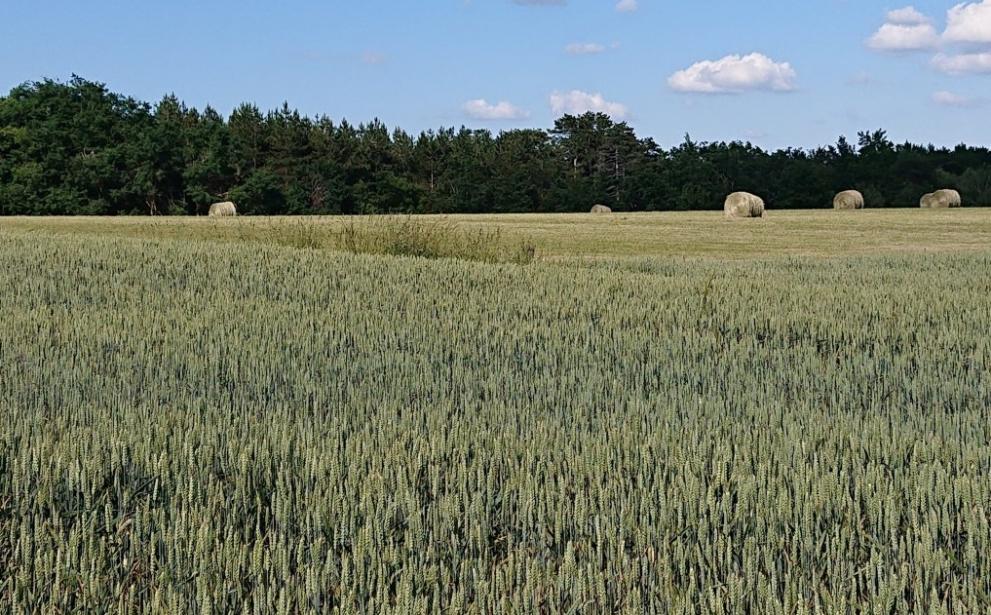
The June issue of the JRC MARS Bulletin - Crop monitoring in Europe - was published yesterday, alongside two editions of the JRC MARS Bulletin global outlook series, on North Africa and Ukraine.
Yield forecasts revised downwards for EU winter crops
According to the crop monitoring Bulletin for Europe, the yield forecasts for EU winter crops, (mainly wheat, barley and rapeseed) were revised downwards by around 2% compared to May, mainly because of sharp downward revisions for France, Romania and the Benelux countries. The yield outlook for winter crops is now clearly below the 5-year average.

A main reason for the poor outlook for winter cereals is a distinct rain deficit that persisted in much of north-western Europe as well as in Hungary and eastern Romania. Recent rains in several of the regions affected arrived too late to improve this negative outlook.
Improved outlook for grain maize and sunflowers
In contrast, the yield forecasts for EU summer crops such as grain maize and sunflowers were revised upwards, mainly because of the timely arrival of rains in May and June which helped improve the outlook - or to sustain an already positive outlook - for these crops in Hungary, Romania, Bulgaria, Greece and Spain. The forecasts for grain maize and sunflowers are currently well above the 5-year average.
The yield outlook for spring barley slightly improved at the EU level, due to an upward revision for Spain which outweighed the downward revisions for France, Poland, Germany and several other countries.
Prolonged rain deficit tempered yield outlook for winter cereals in Ukraine
According to the bulletin on Ukraine, weather conditions have been markedly unusual since the start of the season.
The winter was one of the mildest on record and a long rain deficit was observed in some of the main winter-wheat-producing oblasts. Rainfall observed in May prevented further damage, but the overall outlook for winter cereals remains less than positive and the yield is forecast below the historical trend.
In contrast, spring barley is forecast to be above the trend, and the rainfall recorded since the beginning of May provided a promising start to the season for summer crops.
Drought hampered cereals in Morocco and western Algeria
The bulletin on North Africa (Morocco, Algeria Tunisia, Lybia, Egypt) reports that the cereal campaign was marked by a drought in the western and central Maghreb, growth conditions were positive overall in the eastern Maghreb, and growth conditions were normal in Libya and Egypt.
For the second consecutive year, Morocco was the country most impacted by drought. The current campaign is worse than the previous one, and the outlook for barley is below average throughout the Maghreb region. The outlook for wheat is negative in Morocco, and ranges from average to above average for the rest of North Africa.
Further information
The JRC-MARS Bulletin Crop monitoring in Europe can be accessed at MARS bulletins - crop monitoring in Europe
The latest information about global agricultural production hotspots for countries with food insecurity risks is available on the JRC’s ASAP (Anomaly hot Spots of Agricultural Production) site.
Readers who wish to receive email notifications of new Bulletins can subscribe through the JRC's Agri4Cast ToolBox
Related Content
MARS bulletins - crop monitoring in Europe
Details
- Publication date
- 16 June 2020
